Home>Furniture & Design>Outdoor Furniture>What Is A Requirement Of An Outdoor Storage For Garbage Receptacles
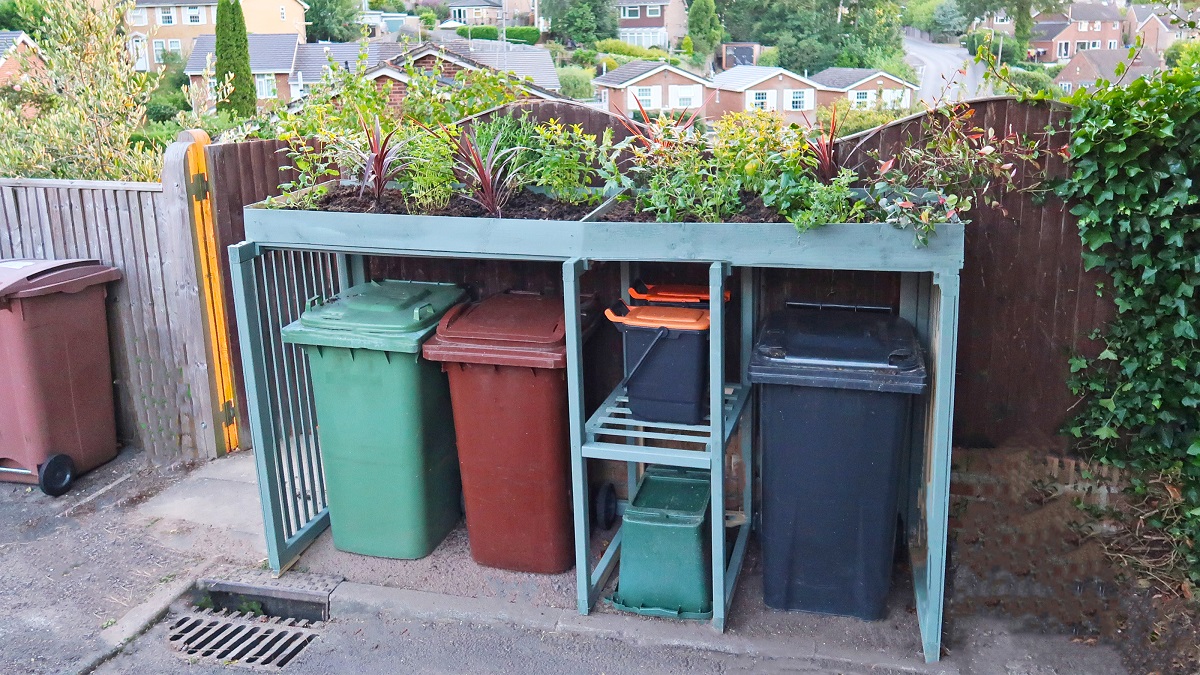

Outdoor Furniture
What Is A Requirement Of An Outdoor Storage For Garbage Receptacles
Modified: January 19, 2024
Discover the essential requirements for outdoor storage of garbage receptacles. Find the best outdoor furniture and design solutions to keep your space organized and tidy.
(Many of the links in this article redirect to a specific reviewed product. Your purchase of these products through affiliate links helps to generate commission for Storables.com, at no extra cost. Learn more)
**
Introduction
**
When it comes to maintaining a clean and organized outdoor space, proper waste management is paramount. One essential component of efficient waste management is the provision of outdoor storage for garbage receptacles. This article delves into the various requirements and considerations for outdoor storage solutions for garbage receptacles, highlighting the significance of adhering to municipal regulations, material and durability requirements, size and capacity considerations, security and animal resistance, as well as aesthetic and environmental factors. By understanding and meeting these requirements, individuals and communities can effectively manage waste while contributing to a cleaner and more sustainable environment. Let's explore the essential aspects of outdoor storage for garbage receptacles and the key considerations for meeting these requirements.
**
Key Takeaways:
- Proper outdoor storage for garbage bins is crucial for keeping outdoor spaces clean and organized. It helps prevent littering, maintains visual appeal, and supports responsible waste management practices.
- When choosing outdoor storage solutions for garbage receptacles, consider size, durability, and security to ensure they withstand outdoor elements, contain waste effectively, and contribute to a cleaner and safer environment.
Importance of Outdoor Storage for Garbage Receptacles
**
Outdoor storage for garbage receptacles plays a crucial role in maintaining cleanliness, organization, and sanitation in both residential and commercial settings. By providing designated storage areas for garbage receptacles, individuals and communities can effectively contain and manage waste, preventing unsightly clutter and potential health hazards.
One of the primary benefits of outdoor storage for garbage receptacles is the preservation of aesthetic appeal. Properly stored receptacles help maintain the visual integrity of outdoor spaces, contributing to a pleasant and inviting environment. Additionally, organized waste management facilitates efficient waste collection and disposal processes, ultimately promoting a cleaner and more hygienic outdoor setting.
Furthermore, outdoor storage solutions for garbage receptacles aid in minimizing the impact of waste on the surrounding environment. By securely containing garbage and recycling bins, these storage units help prevent littering, wildlife interference, and potential contamination of nearby areas. This, in turn, contributes to the preservation of local ecosystems and the overall well-being of the environment.
Moreover, the implementation of outdoor storage for garbage receptacles supports community-wide efforts to adhere to waste management regulations and guidelines. By providing designated storage areas that comply with municipal requirements, individuals and organizations demonstrate a commitment to responsible waste management practices, fostering a sense of environmental stewardship and civic responsibility.
Overall, the importance of outdoor storage for garbage receptacles extends beyond mere organization; it encompasses visual appeal, sanitation, environmental impact, and regulatory compliance, making it an indispensable component of effective waste management in outdoor spaces.
**
Municipal Regulations and Guidelines
**
When planning for outdoor storage of garbage receptacles, it is imperative to adhere to municipal regulations and guidelines pertaining to waste management and storage. Municipalities often have specific requirements and standards in place to ensure responsible waste handling and to maintain the visual and environmental integrity of outdoor spaces.
Key considerations within municipal regulations include the placement and design of outdoor storage units for garbage receptacles. These regulations may dictate the distance of the storage area from property lines, buildings, and public thoroughfares to minimize visual impact and ensure accessibility for waste collection services.
Additionally, municipalities may impose guidelines regarding the aesthetic aspects of outdoor storage solutions, aiming to harmonize these structures with the surrounding landscape and architectural elements. This can include requirements for materials, colors, and overall design to ensure that the storage units blend seamlessly with their environment.
Furthermore, regulations often address the secure containment of waste within the storage units to prevent spillage, odor dispersion, and wildlife interference. This may involve specifications for locking mechanisms, durable construction, and animal-resistant features to safeguard the stored waste and maintain a clean and safe outdoor environment.
Compliance with municipal regulations and guidelines is essential to avoid potential fines, penalties, or legal repercussions. By familiarizing oneself with the specific requirements set forth by local authorities, individuals and organizations can ensure that their outdoor storage solutions for garbage receptacles align with established standards, contributing to a well-maintained and compliant outdoor environment.
Ultimately, by adhering to municipal regulations and guidelines, stakeholders demonstrate a commitment to responsible waste management practices and contribute to the overall cleanliness, safety, and visual appeal of their communities.
**
Material and Durability Requirements
**
When selecting outdoor storage solutions for garbage receptacles, it is crucial to consider the material and durability requirements to ensure longevity, functionality, and aesthetic appeal. The choice of materials significantly impacts the structural integrity, weather resistance, and overall performance of the storage units, making it essential to opt for durable and low-maintenance options.
Common materials used for outdoor storage units include weather-resistant plastics, powder-coated metals, and rot-resistant woods such as cedar or teak. These materials offer durability against outdoor elements, including sunlight, moisture, and temperature variations, ensuring that the storage units remain robust and visually appealing over time.
Moreover, the durability of the storage units is paramount in withstanding frequent use, waste handling, and potential impact from waste collection equipment. Reinforced hinges, sturdy construction, and impact-resistant features contribute to the longevity and functionality of the storage solutions, minimizing the need for frequent maintenance or replacement.
In addition to material and structural durability, the choice of materials also influences the aesthetic integration of the storage units within the outdoor environment. Opting for materials that complement the surrounding landscape and architectural elements enhances the visual appeal of the storage solutions, contributing to a cohesive and harmonious outdoor setting.
By prioritizing material and durability requirements, individuals and organizations can invest in outdoor storage solutions that not only effectively contain and manage waste but also withstand the rigors of outdoor exposure, ensuring long-term functionality and visual appeal. Selecting materials that offer a balance of durability, weather resistance, and aesthetic compatibility is essential in creating outdoor storage solutions that enhance the overall quality and sustainability of outdoor spaces.
**
When designing an outdoor storage for garbage receptacles, make sure it is secure, weatherproof, and easily accessible for waste disposal and collection. It should also be located away from sensitive areas to prevent odors and pests.
Size and Capacity Considerations
**
When evaluating outdoor storage solutions for garbage receptacles, careful consideration of size and capacity is essential to ensure optimal functionality and practicality. The size of the storage units should accommodate the dimensions of the garbage receptacles while allowing sufficient space for convenient access, maneuverability, and waste disposal activities.
Assessing the number of garbage receptacles to be stored and their respective sizes is fundamental in determining the overall capacity and layout of the storage solutions. Whether it involves single or multiple receptacles, the storage units should provide ample space for easy placement and retrieval of the bins, streamlining waste management processes.
Furthermore, the capacity of the storage units should align with the volume of waste generated within the specific outdoor setting. This entails considering the frequency of waste collection, the types of waste being managed, and the storage requirements for both regular refuse and recyclable materials.
Efficient utilization of space is another critical aspect when addressing size and capacity considerations. The design and layout of the storage solutions should maximize available space while ensuring that the units do not obstruct pedestrian pathways, vehicular access, or other functional areas within the outdoor environment.
By carefully assessing the size and capacity requirements, individuals and organizations can implement outdoor storage solutions that effectively accommodate the designated garbage receptacles, streamline waste management activities, and optimize the use of available space. This thoughtful approach contributes to a well-organized and efficient waste management system, enhancing the overall functionality and visual appeal of outdoor spaces.
**
Security and Animal Resistance
**
Ensuring the security and animal resistance of outdoor storage solutions for garbage receptacles is vital in preventing unauthorized access, wildlife interference, and potential spillage or dispersal of waste. By incorporating security features and animal-resistant design elements, individuals and communities can safeguard the stored waste while maintaining a clean and safe outdoor environment.
One of the primary security considerations involves the inclusion of locking mechanisms on the storage units. Secure locks, including padlocks or integrated locking systems, help prevent unauthorized access to the garbage receptacles, reducing the risk of tampering, theft, or vandalism.
Furthermore, animal resistance is essential in deterring wildlife, pests, and scavengers from accessing and disturbing the stored waste. This can be achieved through the incorporation of sturdy and animal-resistant materials, reinforced construction, and specialized features such as animal-proof latches and closures.
Additionally, the design of the storage units should minimize potential entry points for animals and pests, effectively sealing the receptacles from unauthorized access. This may involve the integration of tight-fitting lids, secure fastenings, and durable barriers to prevent wildlife intrusion and the associated risks of waste dispersion and environmental contamination.
By prioritizing security and animal resistance in outdoor storage solutions, individuals and communities can mitigate the impact of unauthorized access and wildlife interference on waste management efforts. These measures contribute to a cleaner, safer, and more hygienic outdoor environment, promoting responsible waste containment and minimizing potential environmental hazards.
**
Aesthetic and Environmental Considerations
**
Integrating aesthetic and environmental considerations into outdoor storage solutions for garbage receptacles is essential in promoting visual harmony, sustainability, and ecological responsibility within outdoor spaces. By prioritizing the aesthetic integration and environmental impact of the storage units, individuals and communities can contribute to a more visually appealing, eco-conscious, and well-maintained outdoor environment.
The aesthetic aspect encompasses the visual appeal and seamless integration of the storage units within the surrounding landscape and architectural context. The design, color, and material selection of the storage solutions should complement the aesthetic elements of the outdoor setting, enhancing visual cohesiveness and contributing to an inviting and well-designed environment.
Moreover, environmental considerations involve the use of sustainable materials, eco-friendly construction practices, and waste-conscious design principles in the development of outdoor storage solutions. Opting for materials with minimal environmental impact and incorporating features such as rainwater management systems and recyclable components aligns with sustainable waste management practices and environmental stewardship.
Furthermore, the placement and layout of the storage units should be mindful of the surrounding ecosystem, ensuring that the installation minimizes disruption to natural habitats, vegetation, and wildlife corridors. This approach contributes to the preservation of local biodiversity and the overall ecological balance of the outdoor environment.
By addressing aesthetic and environmental considerations in outdoor storage solutions, stakeholders can create waste management infrastructure that not only enhances the visual appeal of outdoor spaces but also reflects a commitment to sustainable design, environmental conservation, and responsible resource utilization.
**
Conclusion
**
Outdoor storage for garbage receptacles is a critical component of effective waste management, contributing to cleanliness, organization, and environmental sustainability in outdoor spaces. By understanding and meeting the various requirements and considerations for outdoor storage solutions, individuals and communities can establish waste management infrastructure that enhances visual appeal, promotes sanitation, and aligns with regulatory standards.
Adhering to municipal regulations and guidelines ensures that outdoor storage units for garbage receptacles comply with local standards, minimizing visual impact, and supporting responsible waste management practices. By meeting these requirements, stakeholders demonstrate a commitment to maintaining a clean, safe, and compliant outdoor environment.
Considering material and durability requirements is essential in selecting storage solutions that withstand outdoor elements, offer long-term functionality, and contribute to the visual harmony of the outdoor setting. By prioritizing durable materials and low-maintenance construction, individuals and organizations can invest in storage units that effectively contain and manage waste while enhancing the overall quality of outdoor spaces.
Size and capacity considerations play a pivotal role in optimizing the functionality and practicality of outdoor storage solutions. By carefully assessing the dimensions and volume of waste to be stored, stakeholders can implement storage units that streamline waste management activities, maximize space utilization, and contribute to a well-organized outdoor environment.
Furthermore, addressing security and animal resistance in outdoor storage solutions safeguards the stored waste from unauthorized access, wildlife interference, and potential environmental hazards. Incorporating secure locking mechanisms and animal-resistant design elements contributes to a cleaner, safer, and more hygienic outdoor environment.
Integrating aesthetic and environmental considerations into outdoor storage solutions promotes visual harmony, sustainability, and ecological responsibility within outdoor spaces. By prioritizing the aesthetic integration and environmental impact of the storage units, stakeholders contribute to a more visually appealing, eco-conscious, and well-maintained outdoor environment.
In conclusion, outdoor storage for garbage receptacles is not merely a functional necessity but a fundamental aspect of creating clean, organized, and visually appealing outdoor spaces. By understanding and meeting the requirements and considerations outlined in this article, individuals and communities can establish outdoor waste management infrastructure that aligns with regulatory standards, promotes environmental sustainability, and enhances the overall quality of outdoor environments.
Frequently Asked Questions about What Is A Requirement Of An Outdoor Storage For Garbage Receptacles
Was this page helpful?
At Storables.com, we guarantee accurate and reliable information. Our content, validated by Expert Board Contributors, is crafted following stringent Editorial Policies. We're committed to providing you with well-researched, expert-backed insights for all your informational needs.
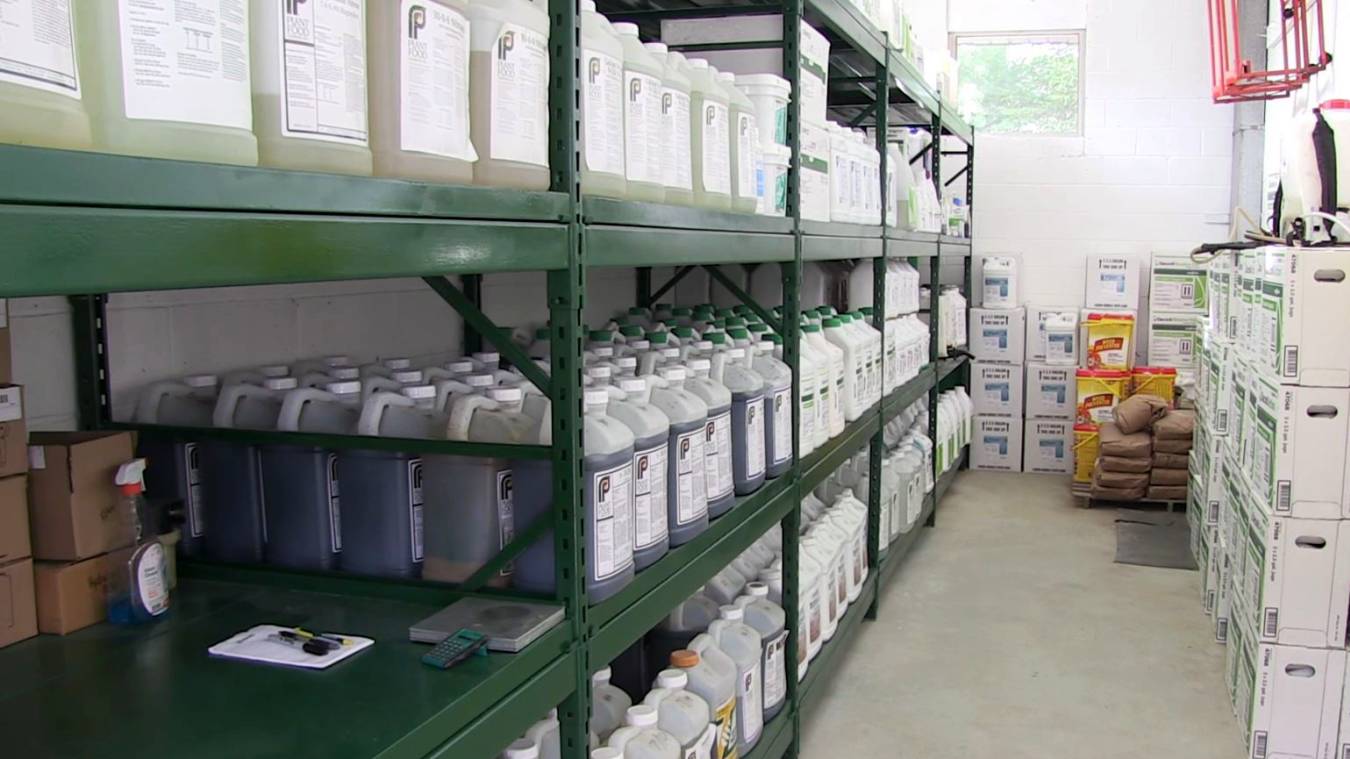
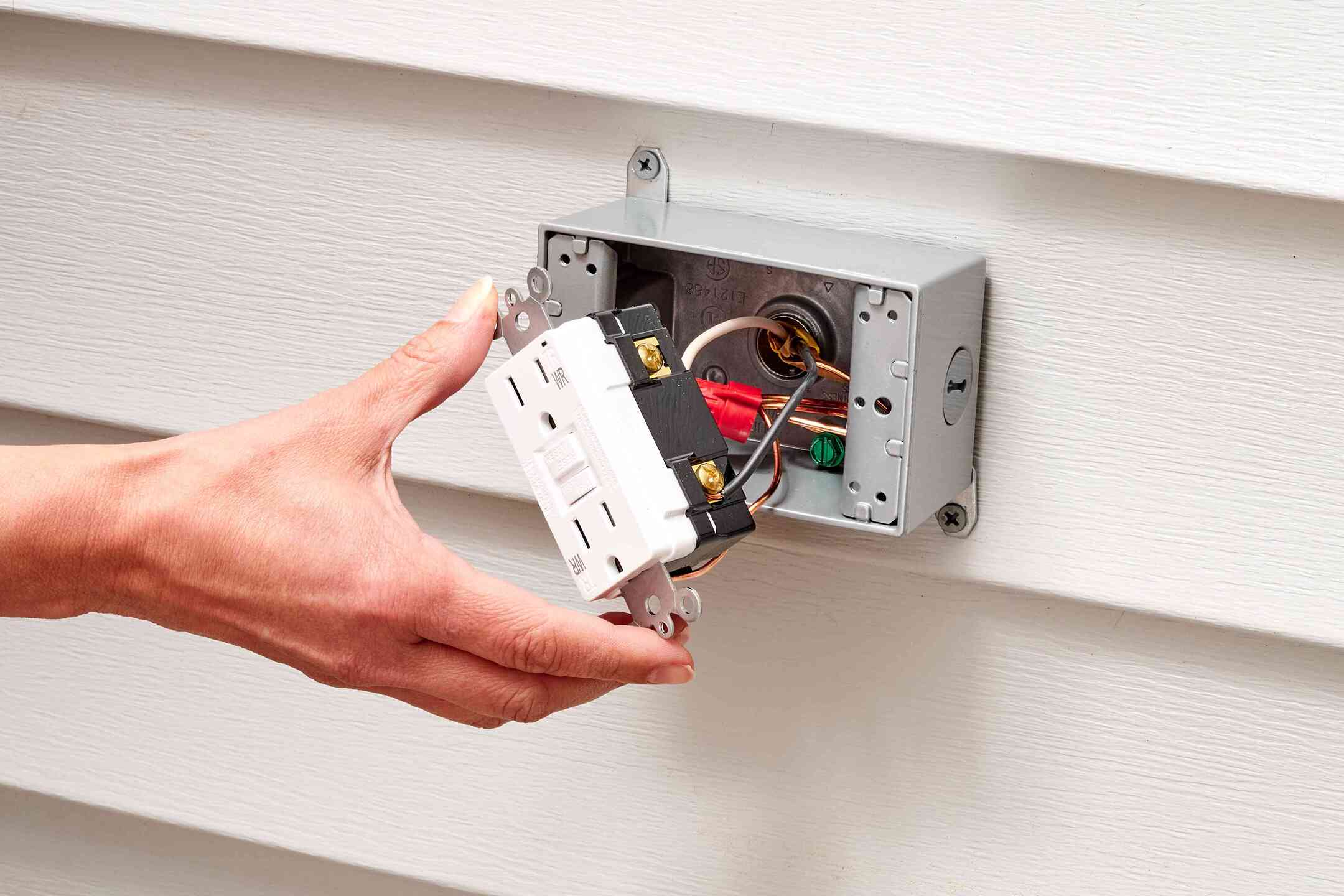
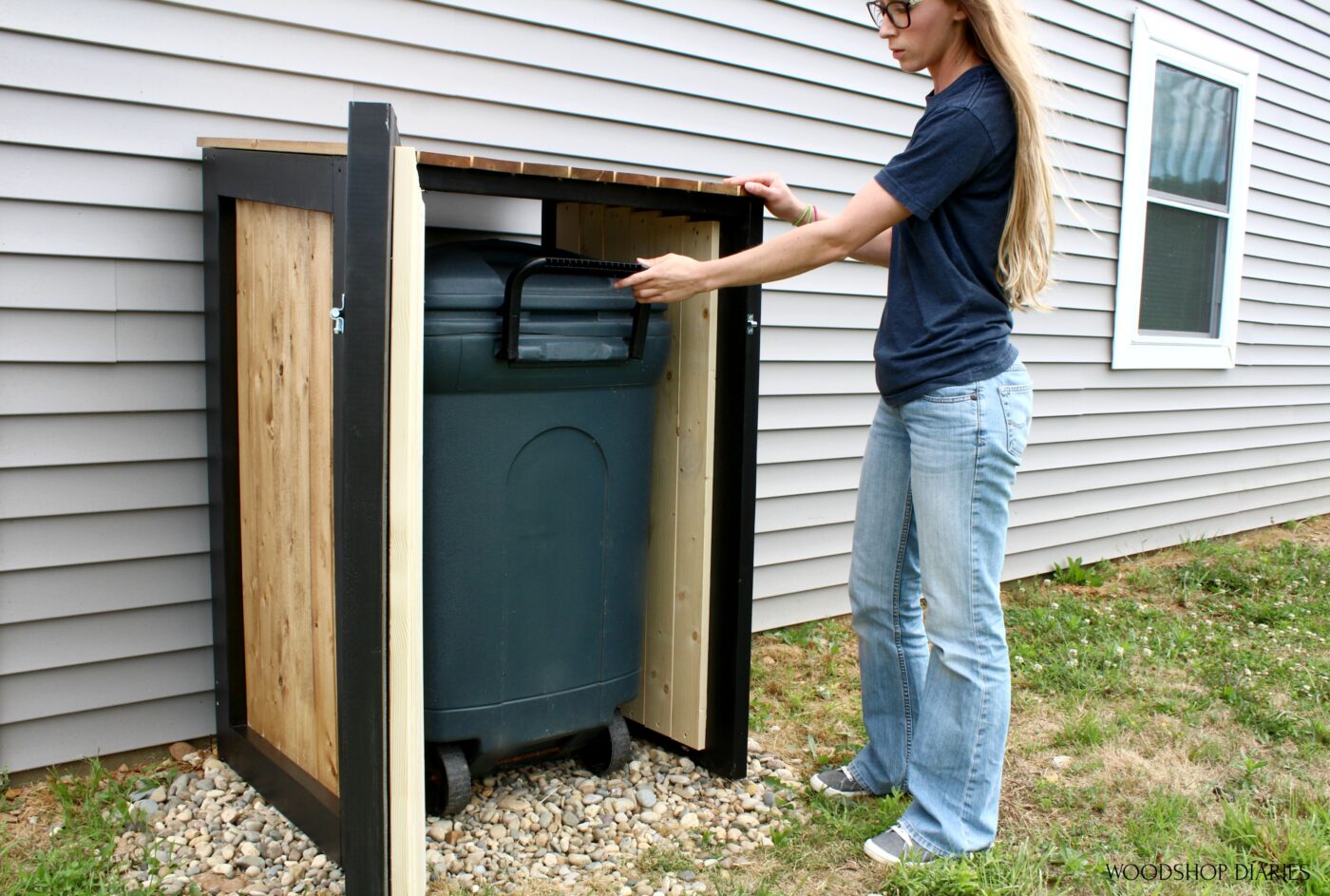
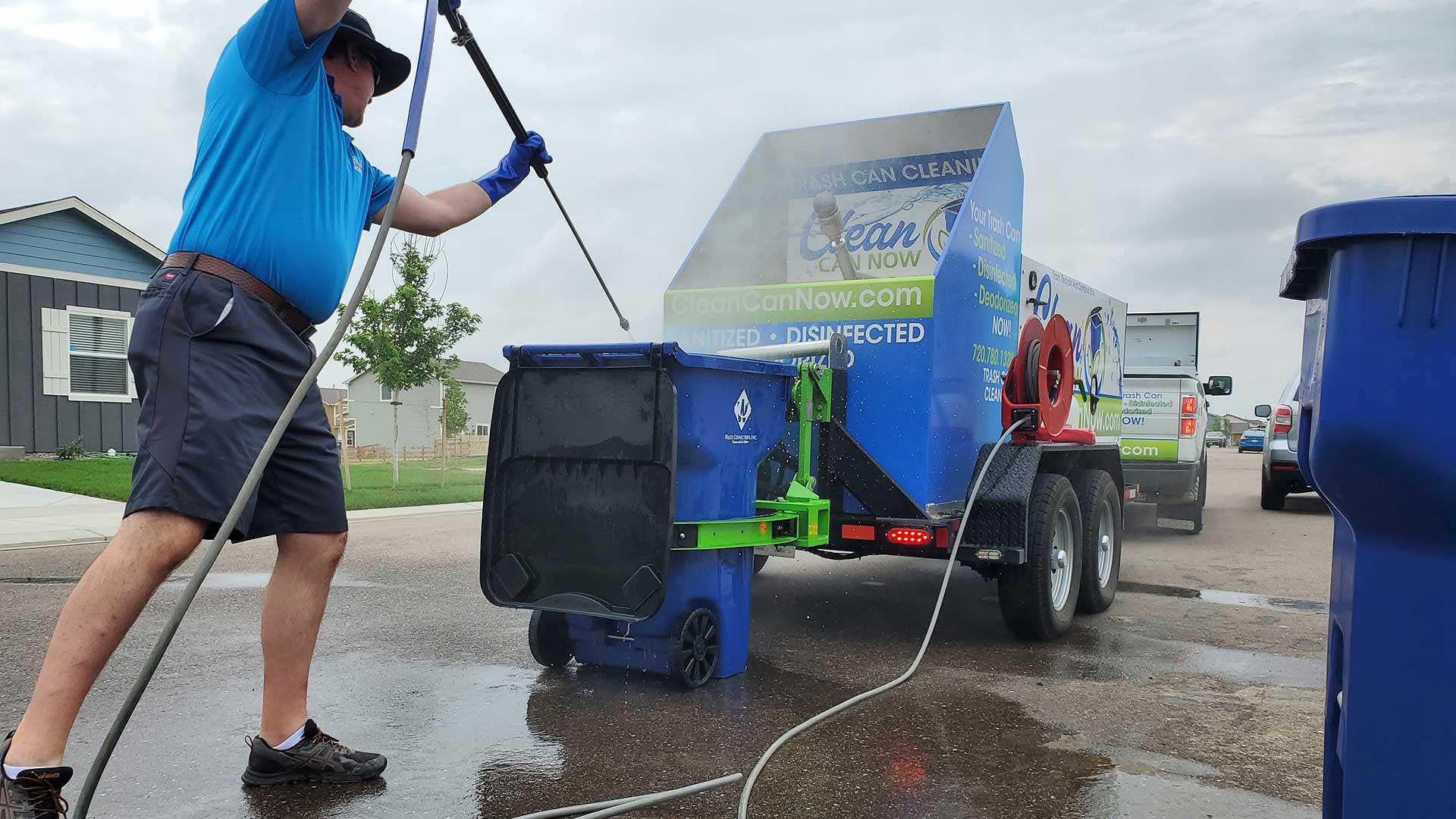

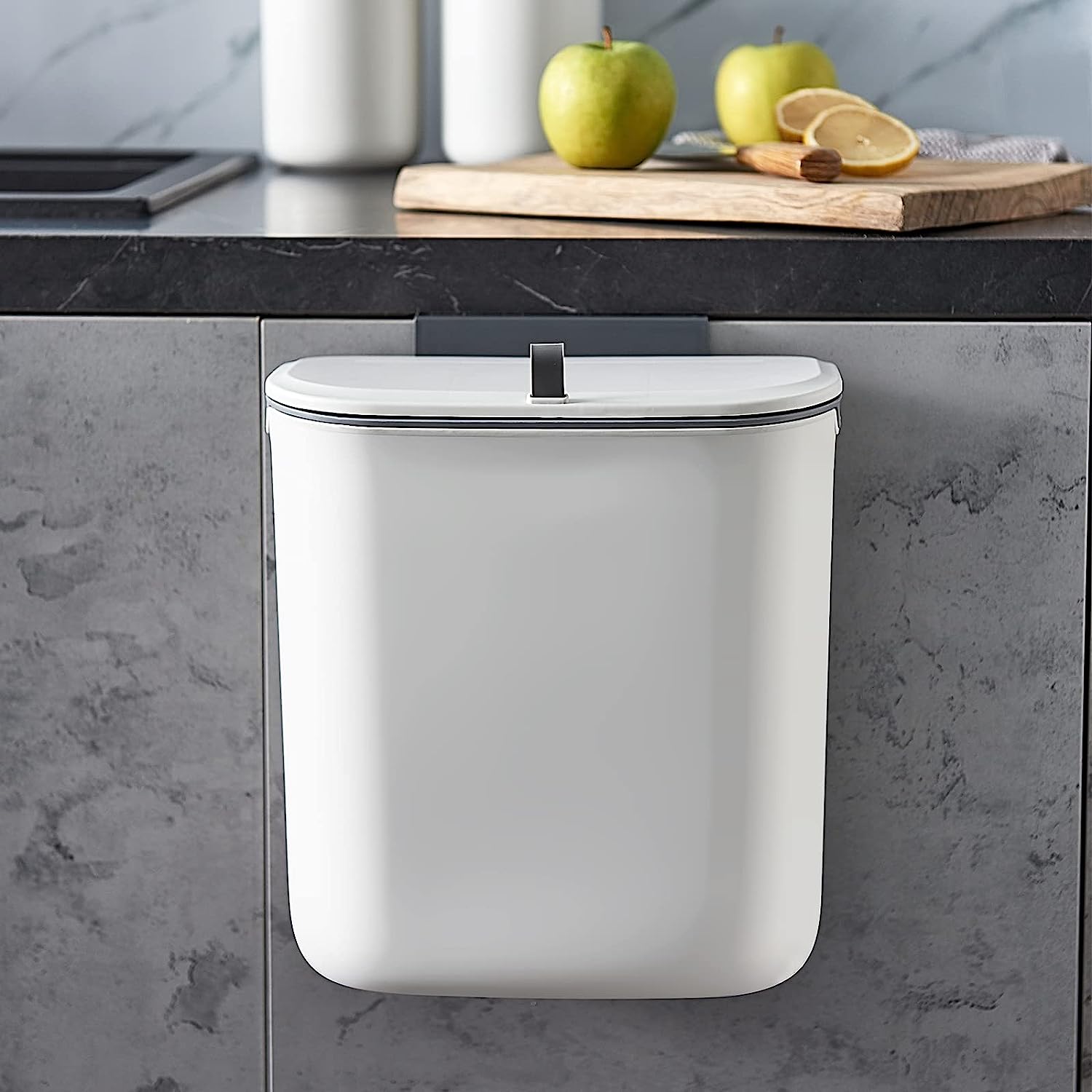
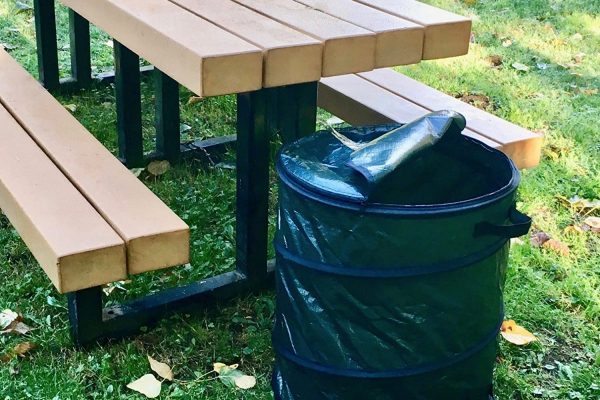
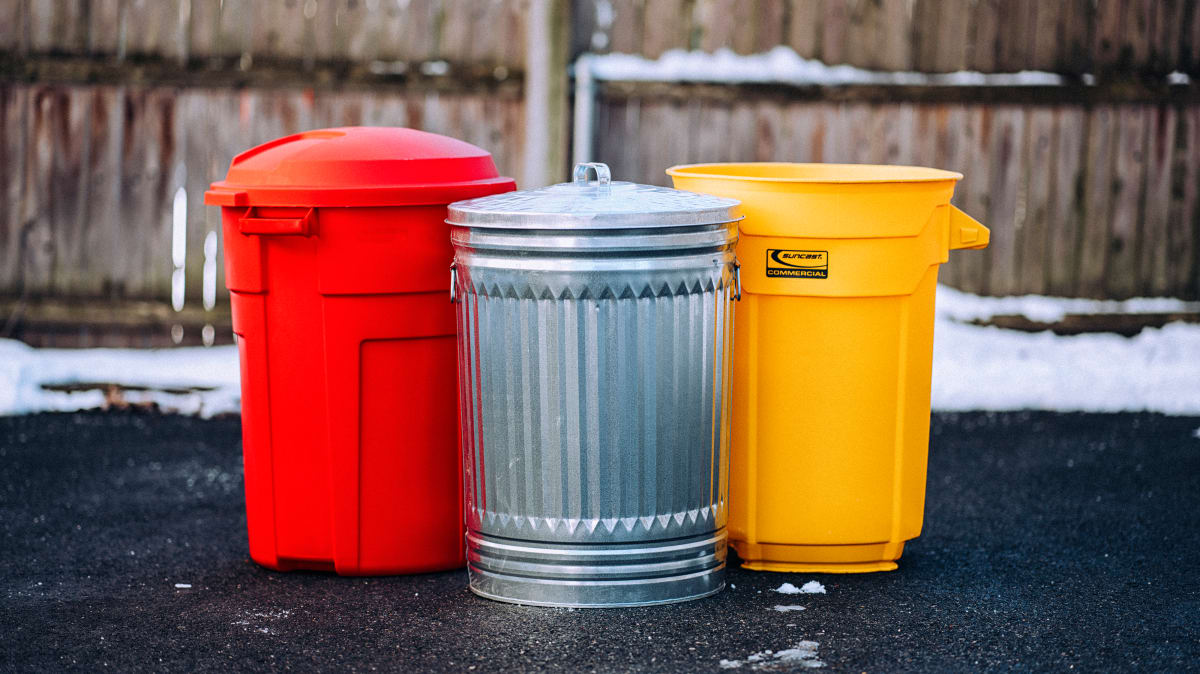
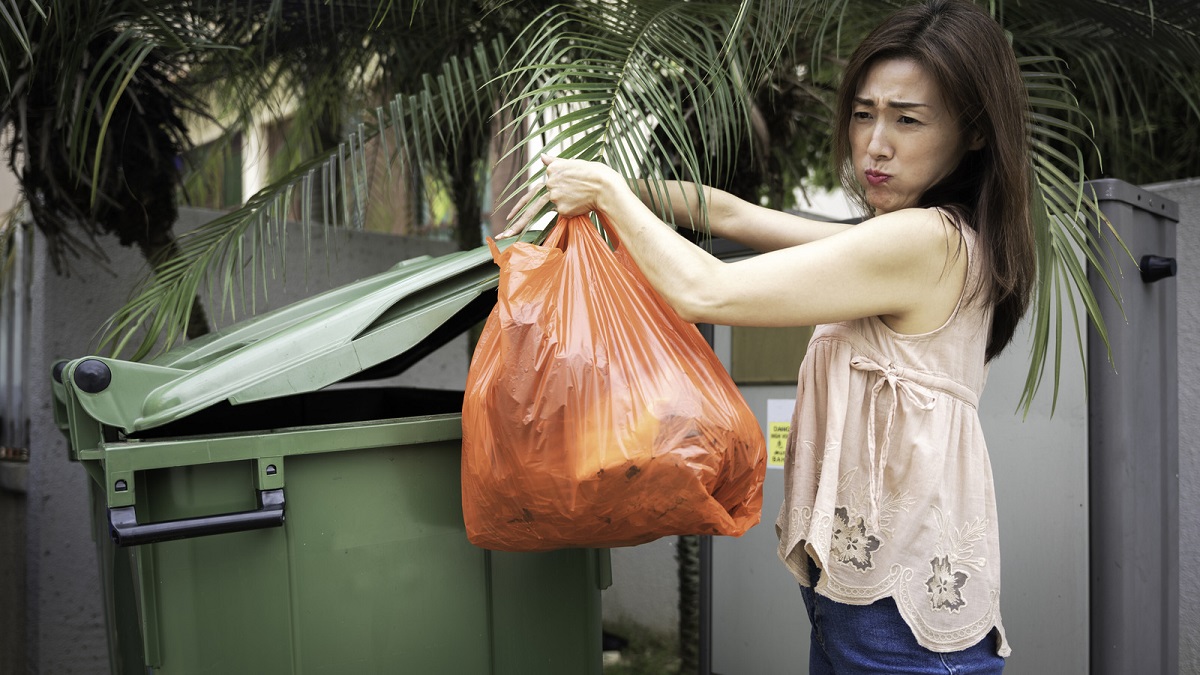






0 thoughts on “What Is A Requirement Of An Outdoor Storage For Garbage Receptacles”